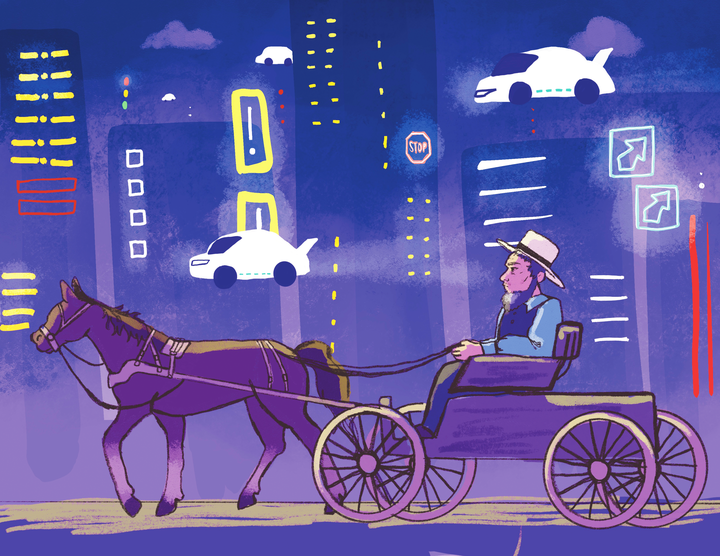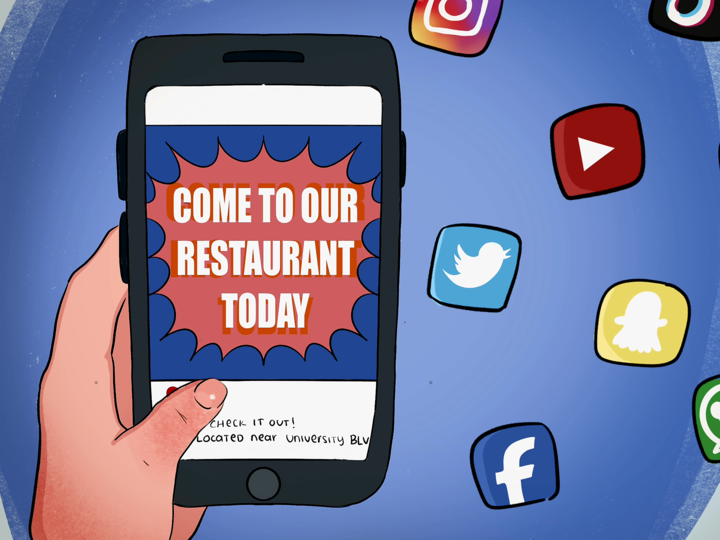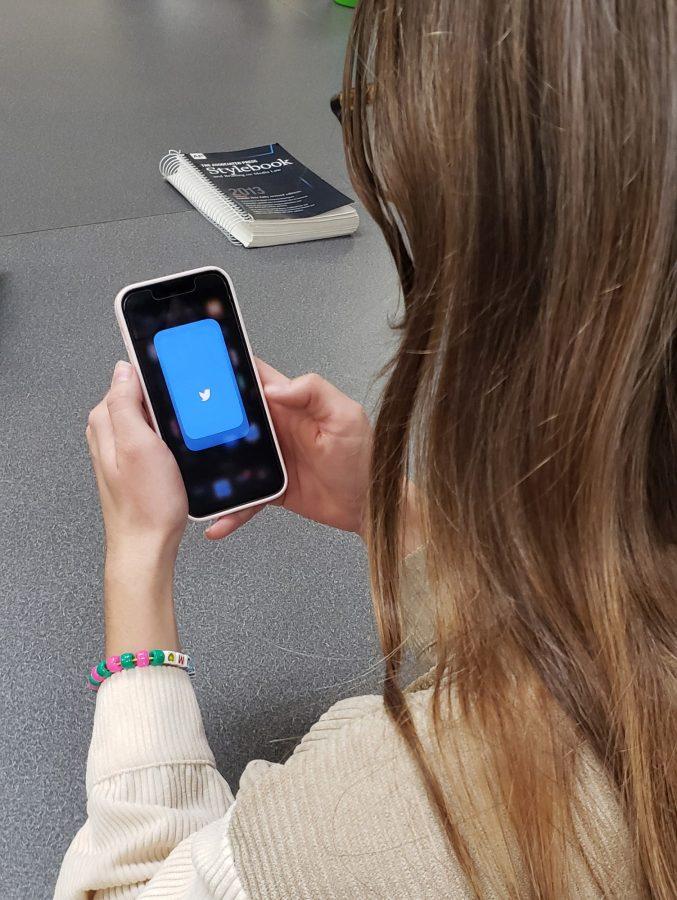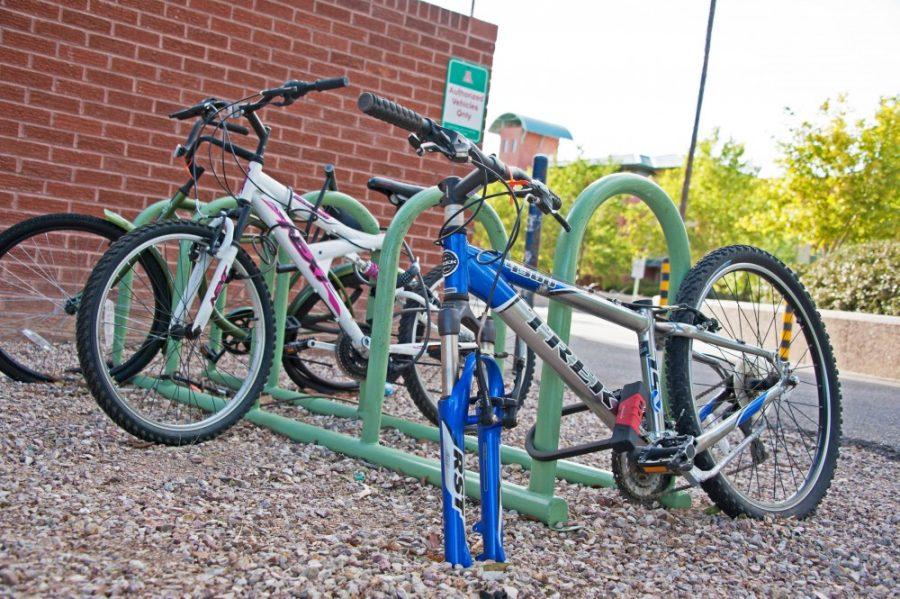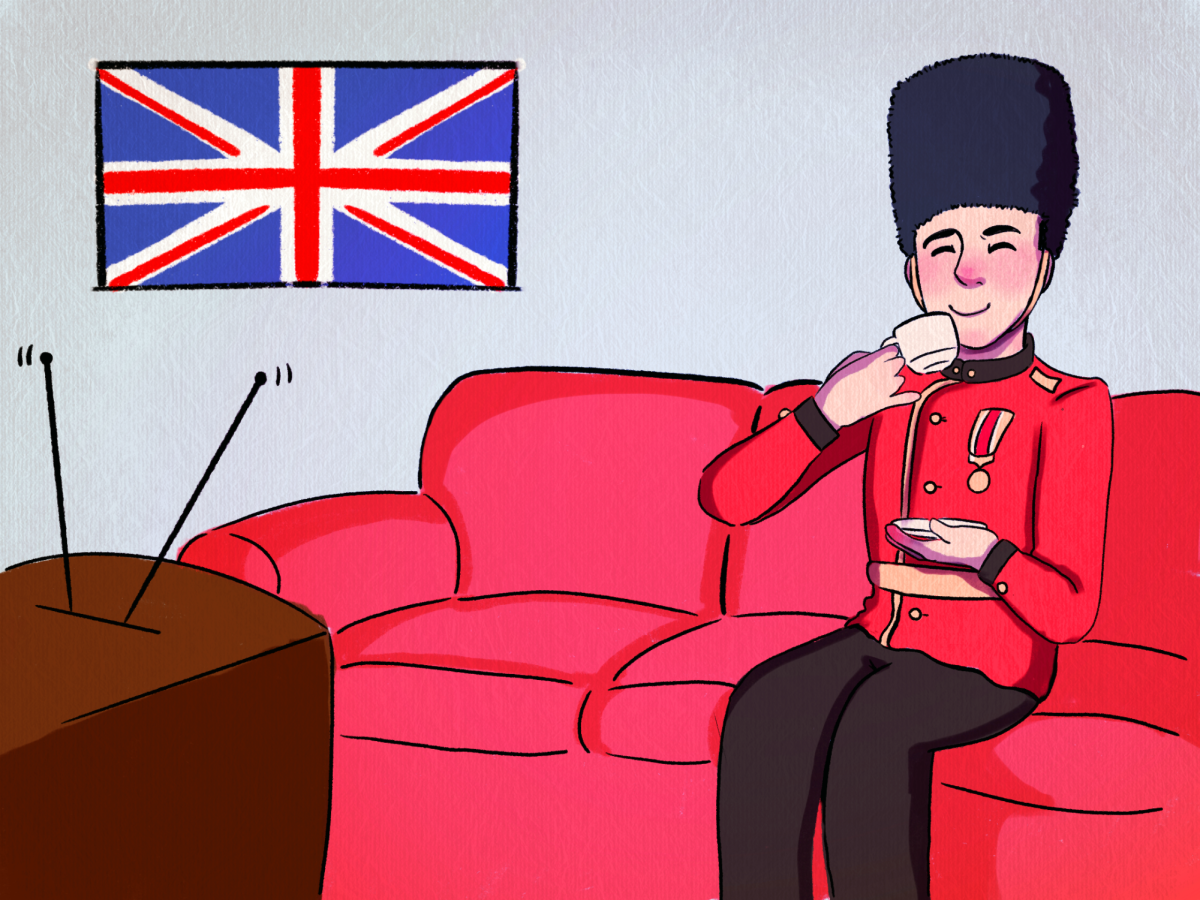At the end of September, the Federal Aviation Administration predicted that up to 1 million unmanned aerial vehicles could be sold in America this holiday season.
Earlier in September, a baby was hospitalized after suffering a large contusion and a cut on her head when a drone crashed, launching shrapnel into the girl’s face.
Since the world didn’t actually end last Wednesday, it looks like our country is in desperate need of yet another doomsday prediction. I’m here to tell you that the world as we know it will come to an end on Dec. 25, 2015.
It’s Christmas morning. A million would-be pilots unwrap their shiny new drones, run outside and release the machines into the sky. Blue skies turn black as swarms of drones block out the sun. No one knows how to fly the new toys (read: death-machines). Chaos ensues. Drones are crashing left and right. No one is safe. Babies are getting hit with drone shrapnel. Drones are falling on innocent puppies. Pandemonium.
While the drone-apocalypse isn’t actually real, the dangers of recreational drone use are very real and are something our lawmakers must address. Unmanned aircraft technology has reached a turning point; high-tech drones are affordable and readily available to anyone who wants to buy one.
Our government, be it at the state or federal level, needs to regulate the use of drones before any more babies are sent to the hospital by crashing drones and their inexperienced pilots.
As it stands, there is some regulation of where you can and cannot fly a drone. The problem is that most of the restrictions are based on preventing drones from being flown into airspace used by commercial jets. For example, you cannot fly a drone within a five-mile radius of an airport without permission. You also cannot fly a drone above 400 feet in the air.
These regulations do a decent job of ensuring the safety of the pilots and passengers that are in the air, but what about the safety of everyone down here on Earth?
There’s nothing stopping you from flying your drone over the cute old people practicing tai chi in the park. You’re free to endanger an entire playground-worth of children, so long as you’re a safe distance away from the airport.
In Arizona, untrained drone pilots can fly essentially wherever and whenever they please. Ironically, it is the trained professionals who are regulated by the government. Anyone operating a drone for commercial use in the state could be subject to a hefty fine by the FAA.
There is a single person in Tucson who is currently able to legally charge for providing clients with his drone photography services. Robert Luscumb of Desert Sky Photography of Tucson applied for an exemption from the FAA regulations, and as of Oct. 1, his drones are up in the air legally and safely.
It may seem surprising that Luscumb, after having to jump through the FAA’s hoops for months just to conduct his business, would support added regulation on the tools he uses. But he recognizes the dangers of putting the machines in the hands of novices. “I feel large drones should be registered and licensed as they could be dangerous in untrained hands,” Luscumb said.
Just as we regulate who can drive a car, we need to regulate who can fly a drone. Driving a car and flying a drone are not so different; both take skill and both create potentially dangerous situations. There is no reason not to require a permit or a license to fly a drone in public spaces. Ensuring the ability of drone pilots ensures the safety of everyone around them.
Many Americans find pleasure in flying drones as a hobby, and that’s fine. But we need to make the choice as a state and as a country that someone’s right to pursue their hobby is not as important as someone else’s right to safety.
Follow Graham Place on Twitter.



